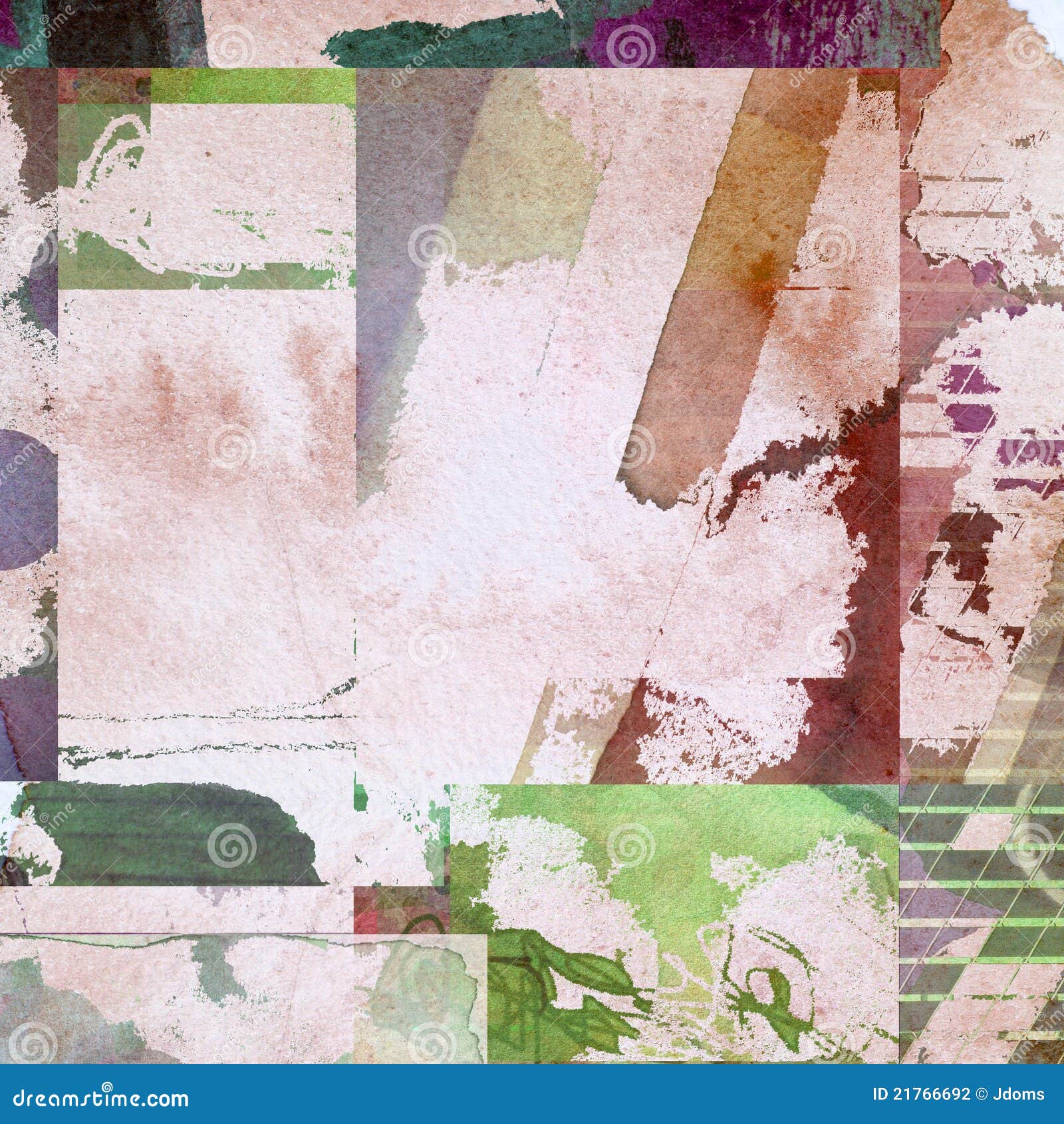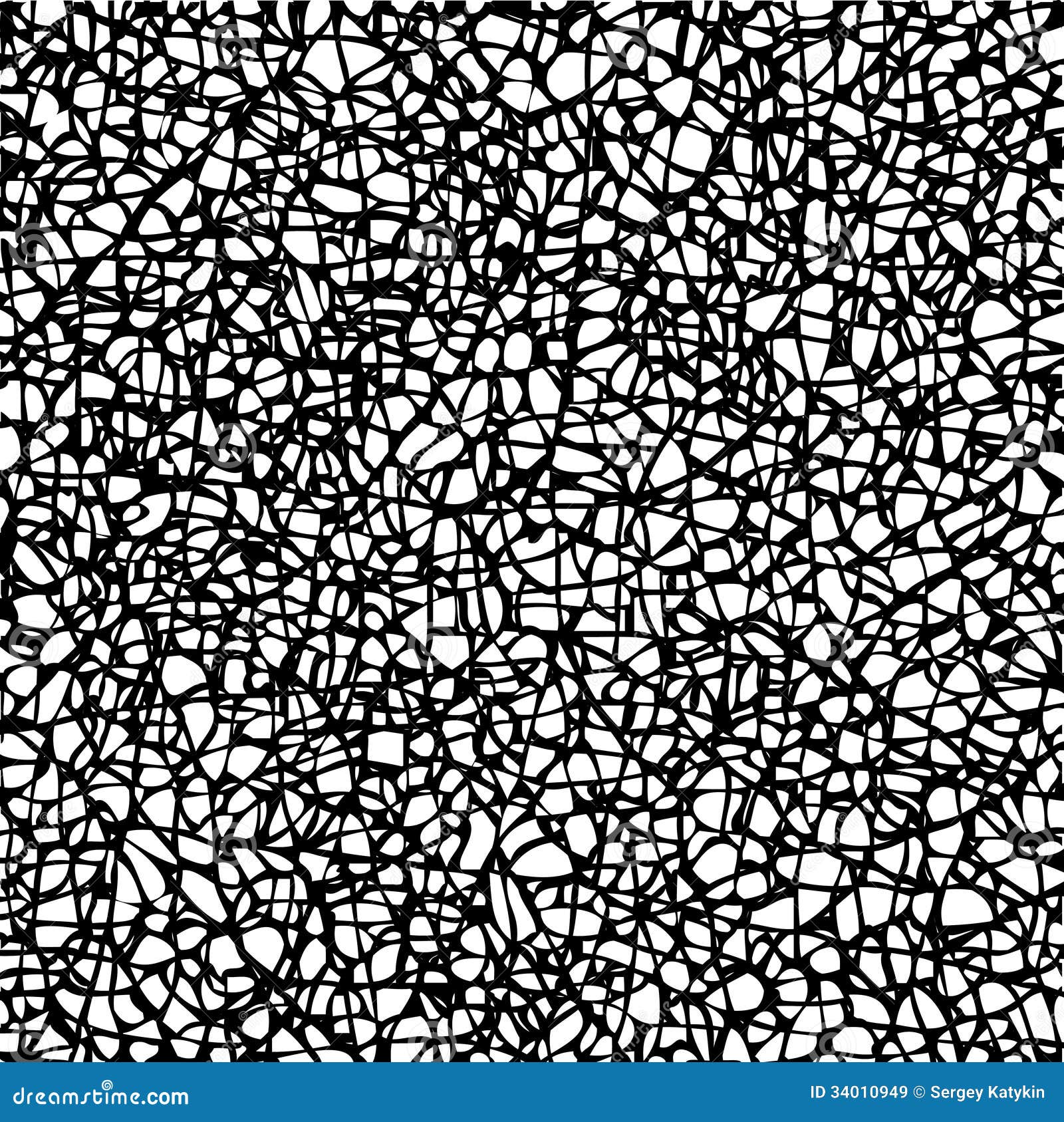Table Of Content

Artificial textures are simply patterns that have a 3D element such as textiles, crumpled paper, and other surfaces that can add visual interest in a subtle way. In our first example, the Tumblr artist used a paper-like effect to add a layer to a static image. The use of shadows illustrates that graphic designers are limited only by imagination because nowadays if you can’t find the right texture, you can create it. Embark on a creative journey with our meticulously crafted graphic design courses to unleash your artistic potential. Explore the intricacies of typography, color theory, branding, and layout design using industry-standard software like Adobe Photoshop, Illustrator, and InDesign. Gain practical skills and a deep understanding of visual communication, preparing you to create impactful, visually appealing designs.
What is background texture?
But first, let me explore the different categories of paper textures and finishes. Crumpled papers are generally thrown away; however, these papers can be reused artistically. White crumpled paper texture can be used to create mood boards, collages, and backgrounds. This high-res white crumpled paper texture by Freepik can also be used as an overlay for your design projects, blog posts, banners, and scrapbooks.
How Can Textures Enhance Your Projects?
This pack of crumpled and folded paper texture overlay has twenty different designs, which is perfect for school projects, artwork, and stationery. Wrinkled paper texture can be perfect for various kinds of graphic design projects. From backgrounds to greeting cards to websites, wrinkled paper textures can be used as a weapon by creative professionals.
Overlays

Remember to consider the context of your project when choosing textures. Whether you’re creating a vintage poster, a modern website, or an artistic masterpiece, textures can be your trusty companions on the creative journey. Once you’ve found the textures that resonate with your project, integrating them is a straightforward process.
Most photo and video software allows you to overlay textures onto your artwork. You can then adjust their opacity and blending modes to achieve the desired effect. They can range from a concrete wall’s rough, gritty feel to a silk fabric’s soft, smooth appearance. Textures add a layer of realism, creating an engaging visual and emotional connection with your audience. Simple but effective – artificial brush strokes bring a hand-made element to compositions. The paint textures make the typography pop as in this example.
Swirling lines, subtle shades, and patterns, these are the elements that can give your designs a unique edge while conveying meaning and emotion with hardly any effort. With so much nuance at stake, let’s explore how textures have become an integral tool for designing engaging and impactful works of art. Layers of text, shapes, and lines can bring about the feeling of texture on a page or on screen. Photography, illustration and fine art combined with graphic elements can also help to achieve the appearance of texture. Commonly, photographs of an actual surface such as paper are used as backgrounds in a design.
The number of options, directions, and aesthetic approaches you can take from simply adding a texture to your work is mind-boggling. There are two primary forms of texture used in graphics design; actual and implied textures. In graphic design, texture is the way a design looks on the surface. Texture in graphic design is visual and intended to suggest a tactile experience, as opposed to physical texture, which can be felt.
This year's rankings have introduced an Economic Mobility Index, which measures the economic status change for low-income students. ACT/SAT scores have been removed from rankings to reflect a general de-emphasis on test scores in the college admissions process. Better Textures Better Textures is a collection of free, high-quality, and original seamless background textures. They organize the collection into groups such as Burlap and Dry Brush. Pixel Buddha Pixel Buddha provides you with different styles of free patterns and textures.
This then contrasts brilliantly with the white background to create a warm, clean, and organic design. You can use texture in graphic design on websites and social media content to showcase a well-defined identity. Your graphic designs should fit your brand identity and send out a specific message to your audience. Texture can be a powerful tool to engage your audience in many ways.
Free textures: where to get 3D textures for your artwork - Creative Bloq
Free textures: where to get 3D textures for your artwork.
Posted: Wed, 29 Nov 2023 08:00:00 GMT [source]
Certain types of textures can evoke subtle emotional responses, while others excite the visual senses. Texture can also be used to create balance and enhance a sense of seriousness or gentleness. Using natural elements in your graphic designs infuses the image with life, beauty, warmth, and vividness. This can be anything from a small feather to the canopy of a rainforest. Seamless Textures Seamless Textures, as the name of the site implies, provides high-quality textures.
Texture Palace Texture Palace offers over 2000 free textures you can download and use in your designs. Vector Valley Vector Valley, a resource repository for vectors, has a section on patterns that provides simply gorgeous, vector-based background patterns. Manipulating the size and position of static images to give them a three-dimensional look is no mean feat by any stretch of the imagination.

Conceived by Raul Taciu, a creative professional from Cluj-Napoca, Romania, GraphicBurger has quickly created a niche for itself. Raul shares his passion for design on the website and invites other creative professionals to join the bandwagon. He also accepts requests from other designers who wish to share their work on the platform so that the creative community could benefit as a whole.
Using texture correctly, a graphic designer can create compelling designs by adding an extra layer of meaning to a graphic design. Graphic design enthusiasts will tell you that there are 7 fundamental visual elements that come together to form a graphic design. They include shape, color, line, typography, form, space, and texture.
This image by Pierre Mendel, for example, shows how powerful tactile textures can be when used the right way. Designer Dawid Sieradzki has created a sense of harmony in this design. The designer has used natural texture in the background that makes the poster look organic. The designer then uses texts in the foreground that grab the attention of the audience within seconds. The color combination along with the text is simply mesmerizing.
The prime objective behind manufacturing linen paper is to reduce our dependence on paper manufactured from trees. Linen paper feels and appears similar to linen fabric used for domestic purposes. Linen paper texture is generally used to give something a sophisticated look. If a ream does not have a tag mentioning the category of finish it has, you can safely assume that it is wove.


No comments:
Post a Comment